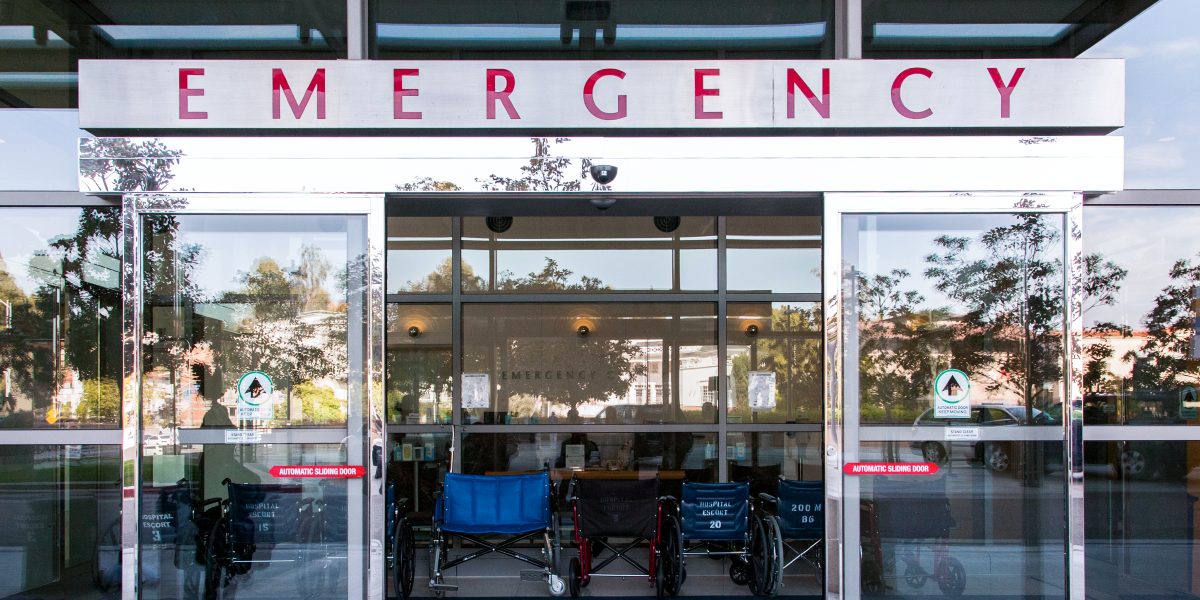
Decreasing ED Utilization by Improving Care Coordination
 3 min
3 min
When patients present at the emergency department (ED) or inpatient facilities with multiple chronic conditions, especially related to mental or behavioral health and substance use, it can lead to more challenges for an already overburdened system. Medicaid patients with complex healthcare needs that may have more acute healthcare encounters contribute to increased strain on these programs that are struggling to manage costs and drive greater value for members. With better care coordination and collaboration across care teams, providers could deliver more timely and appropriate care for these patients to improve outcomes and reduce the burden on these healthcare systems.
Reducing Inpatient Utilization for At-Risk Patients
A study of over 250 complex, high-cost Medicaid patients found that those given comprehensive and coordinated care management had fewer inpatient days, inpatient admissions, and specialist visits. The results of this study found that inpatient utilization was reduced by 59%, indicating that carefully designed complex care management and targeted interventions can be effective among vulnerable patients with chronic medical conditions and social or behavioral needs.
Decreasing ED Utilization for Behavioral Health Patients
In addition to inpatient utilization, care coordination has been found to decrease ED utilization. Sturdy Memorial Hospital in Massachusetts is a small, independent hospital that was struggling with high rates of ED Boarding and increasing rates of behavioral health utilization within their ED. To minimize ED boarding and utilization, Sturdy turned to care collaboration technology to gain insights into these patients and connect them with better resources. Having this real-time information improved visibility and transparency across care teams so that Sturdy’s ED staff could make more efficient and informed care decisions.
By contacting the right case managers, coordinating care, and transitioning behavioral health patients to more appropriate care settings, Sturdy Memorial achieved a 78% decrease in unnecessary ED utilization by behavioral health patients enrolled in Sturdy Memorial’s program.
Addressing the Opioid Epidemic
The Community Hospital of the Monterey Peninsula (CHOMP) found that patients with patterns of high utilization accounted for nearly 30% of all ED visits. Many of these patients also struggled with behavioral health issues or substance use disorders.
Dr. Reb Close, an emergency physician at CHOMP explained how the hospital cared for these patients in a Healthcare IT News article: “CHOMP has combined local opioid prescribing guidelines with the state prescription drug monitoring program (PDMP) and care coordination to improve substance use disorder and put a stop to opioid misuse.”
CHOMP turned to care coordination technology from PointClickCare—that integrates directly with the state PDMP—to facilitate better collaboration and gain relevant, real-time information on patients. The combination of this collaboration and the Monterey Prescribe Safe Initiative has helped Monterey County reduce ED visits by 59%, opioid deaths by 32%, and the number of narcotic pills prescribed at local primary care clinics by 50%.
To learn how PointClickCare can help improve emergency department throughput and reduce utilization rates with better care coordination
August 21, 2023






